Among the various non-oxide ceramics that have found commercial applications, silicon carbide (SiC) nanopowder is the leader. The attractive properties, such as good specific strength and Young’s modulus as a function of the temperature, the specific stiffness, relatively low weight, corrosion and erosion resistance and, most of all, easy availability in complex engineering shapes, have made silicon carbide an attractive alternative to the hard metal compositions.
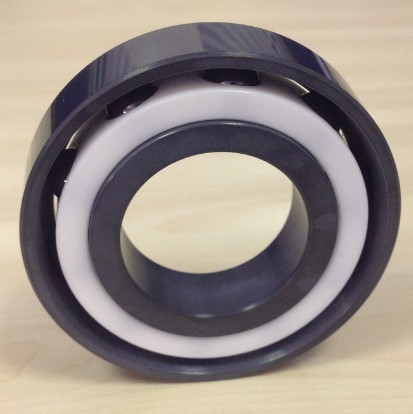
Silicon carbide powder is often referred to as “carborundum”: this vernacular term commemorates a word coined by Edward G. Acheson in 1892 to describe crystals that he made in an experiment which had the real goal of making a diamond-like crystal from carbon and alundum. Using a primitive furnace of his own design, he in fact made silicon carbide . Acheson immediately designed a more efficient electric furnace and soon a profitable business with the jewelry trade was established. A century later, the furnaces used to make almost all silicon carbide worldwide follow his original design concept.
Silicon carbide powder was known (moissanite) and small quantities had previously been made on a laboratory scale but not always recognized; but Acheson quickly recognized the commercial potential of his invention. In the original Acheson’s furnace, two electrodes connect to a graphite core laid within a surrounding mixture of reactant carbon, salt and sand. When an electric current is passed through the graphite core, it heats the surrounding reactants, resulting in the formation of a hollow cylinder of silicon carbide and the expulsion of carbon monoxide (CO) gas. The final silicon carbide cylinder has graphite in its interior and partially reacted charge materials in an annular zone on its periphery.
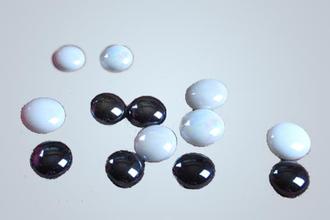
With respect to the applications, among the greatest successes were the use of silicon carbide powder in the metallurgical sector – which burgeoned as steel and iron production increased, and the automotive industry grew and expanded. Today those industries utilize almost 60% of global silicon carbon production.
Silicon carbon continued to evolve to become a critical ingredient in many of the most high-tech, high performance products and applications – from metallurgy to ceramics, abrasives, and electronics, to name a few – with new opportunities emerging as green energy applications become more prevalent.


 English
English français
français Deutsch
Deutsch русский
русский italiano
italiano español
español português
português 日本語
日本語 한국의
한국의 Türkçe
Türkçe

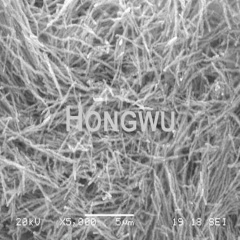
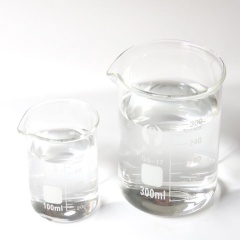
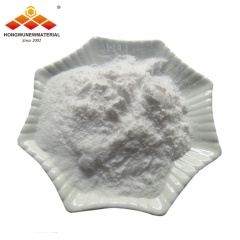
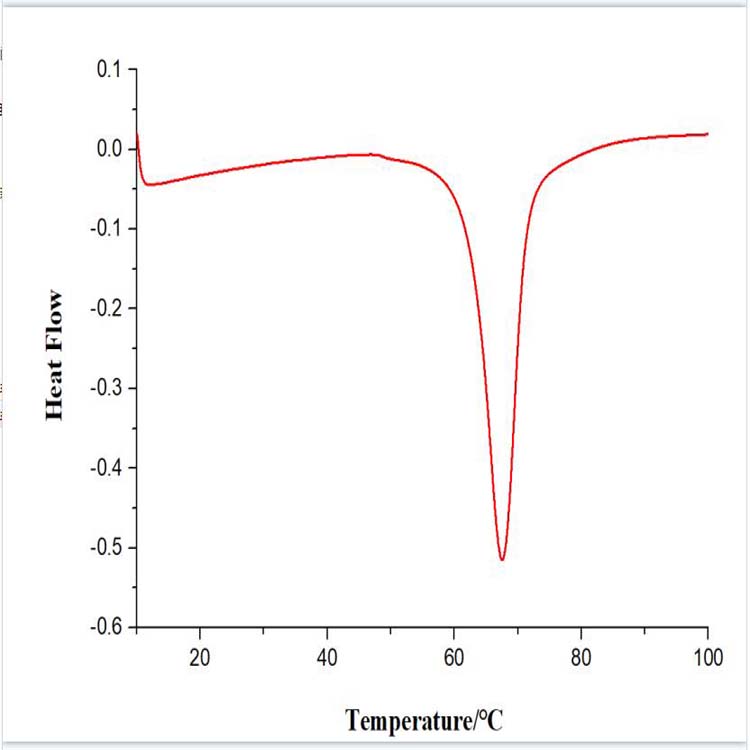














 8620-87226359,8620-87748917
8620-87226359,8620-87748917

